In the event of an emergency, do you have everything you need to keep your family safe?
It's incredibly important to have some kind of disaster survival kit in your home to help protect everyone you love if something terrible happens.
From natural disaster to disease outbreak, its always a good idea to have emergency supplies in stock for any eventuality.
The same way you might keep an emergency disaster kit in your car, you'll never regret having disaster supplies in stock in your home. Better safe than sorry!
That's why we pulled together a list of vital emergency preparedness items you should never remove from your home.
These emergency supplies range from food and water to power sources, but are all tremendously important in the event of a catastrophe. No matter what happens, you'll be prepared to ride out the storm.
Scroll through below to learn which supplies you should always, always keep in the home, and let us know if you have any additions to the list!
Photo Credit: Wikimedia Commons
Survival Item #1: Clean, Filtered Water
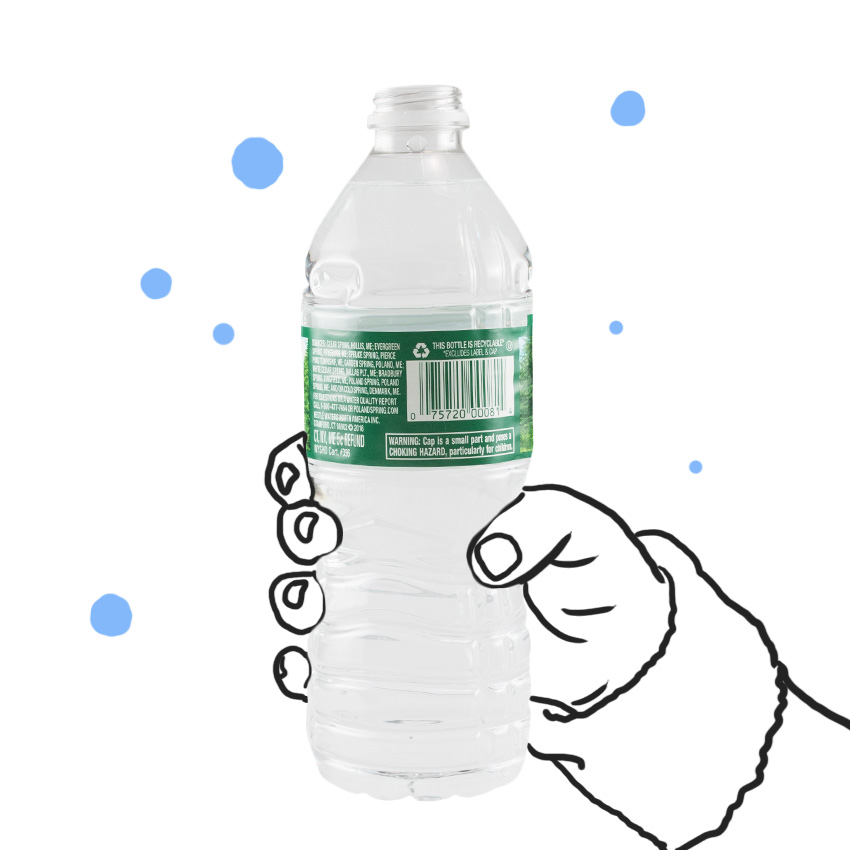
In an emergency, making sure you have access to water is a priority.
Water is a vital disaster supply, because dehydration will affect your body much more quickly than starvation.
Even mild exposure to the elements or minor injury are often less immediately dangerous than lack of water.
Access to clean and filtered water also prevents the spread of water-borne illnesses like cholera while helping to safely clean wounds.
Keep a substantial supply of clean bottled drinking water in your home, and consider investing in a device that can filter impurities out of natural water if needed.
Survival Item #2: Food That Will Keep
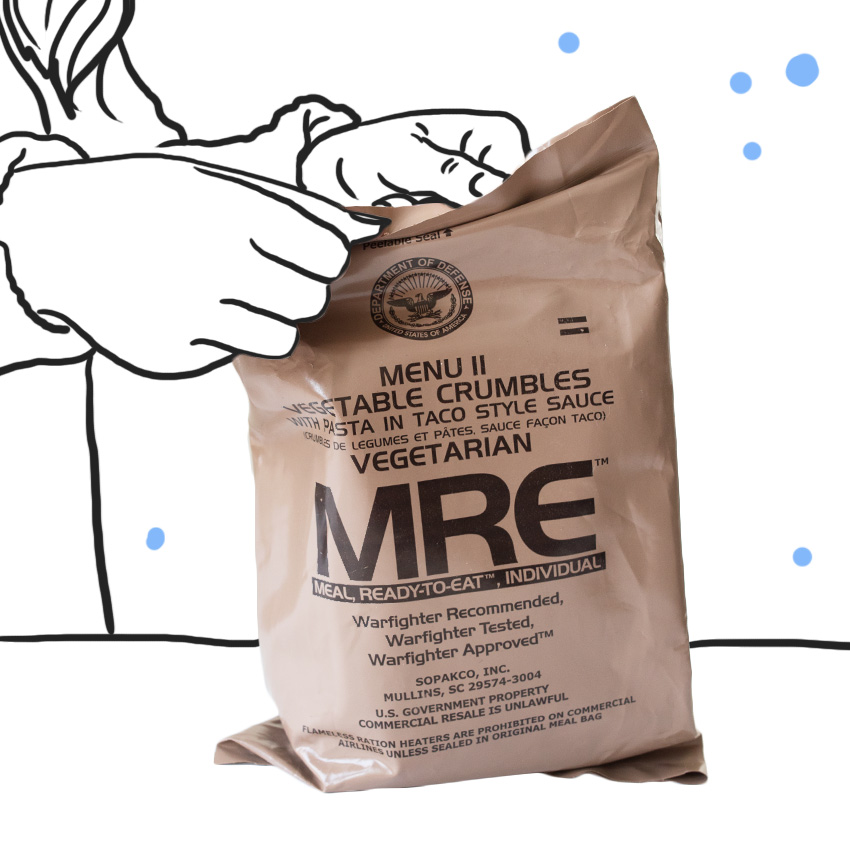
Make sure you have food in your disaster kit that will last in the event of an emergency.
Whether you're snowed in for 48 hours or stuck in your home for an extended period of time, you're going to get hungry.
Try to stock enough food to feed your family for four weeks; this is a good cushion to help protect you in virtually any situation.
In terms of food to keep on hand, focus on anything dried or canned.
Meals Ready to Eat, or MREs, are great emergency food items that will last well.
Canned veggies, fruits, and soup are also great to have on hand, as are multivitamins.
Survival Item #3: Light Sources
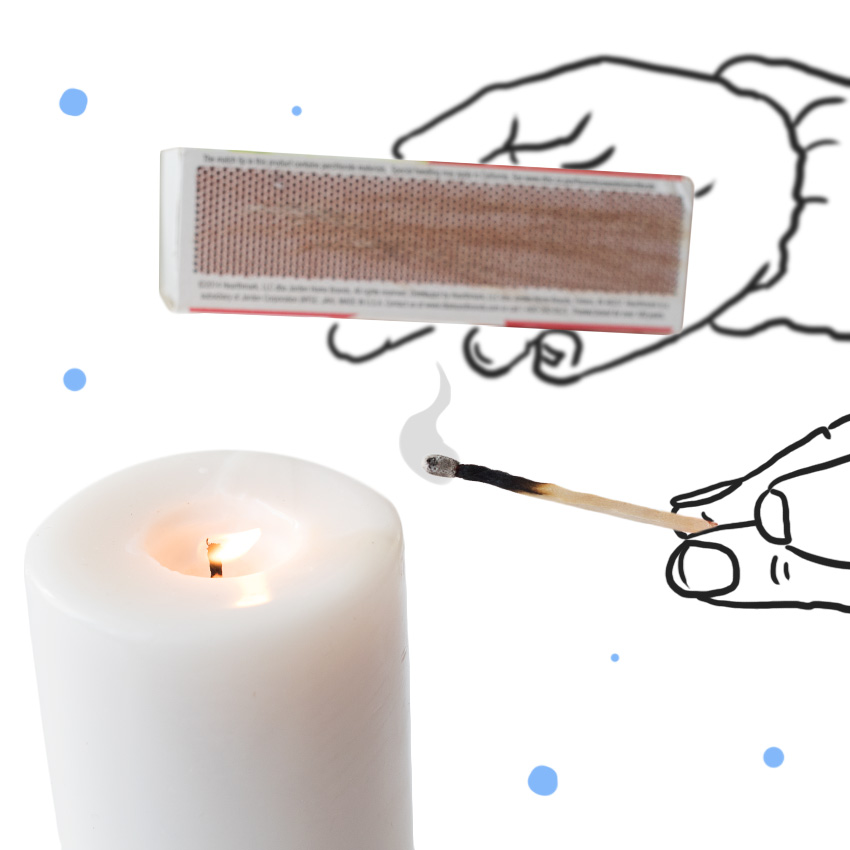
Make sure you have access to lights in case the power grid goes down.
We rarely appreciate how dependent we are on light, particularly if an emergency happens in the nighttime.
In a disaster, you need lights for everything from navigating terrain to getting a family head count.
It's a good idea to have a diverse array of supplies on hand. Battery-powered flashlights and lanterns are great, as are electric lights powered by a hand crank.
Make sure you also have candles, preferably with shields to protect the flame, in case batteries aren't a good option.
Survival Item #4: Battery-Powered Radio
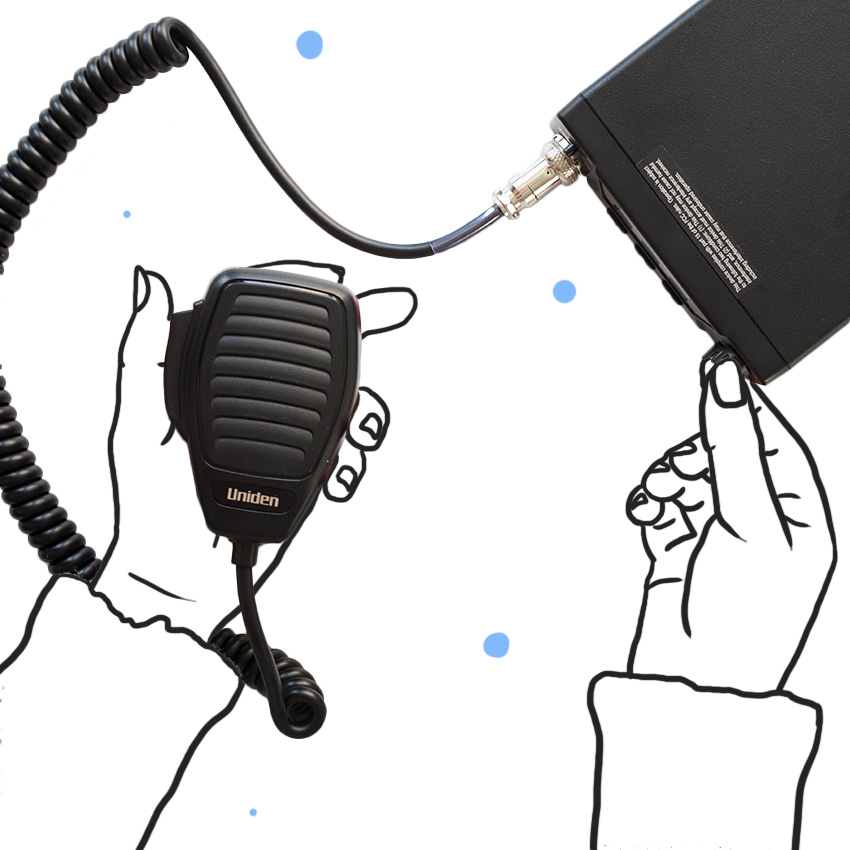
In the event of a natural disaster or other emergency, communication with the outside world becomes more important than ever.
The internet and phone lines might go down, but radio waves usually still make communication possible.
Get a portable, battery-operated radio to include in your disaster supply kit. A CB radio that picks up local frequencies might be especially useful.
By tapping into the radio network, you may be able to get vital information on subjects like evacuations, supply drops, or neighbors in need of aid.
Survival Item #5: Power Sources
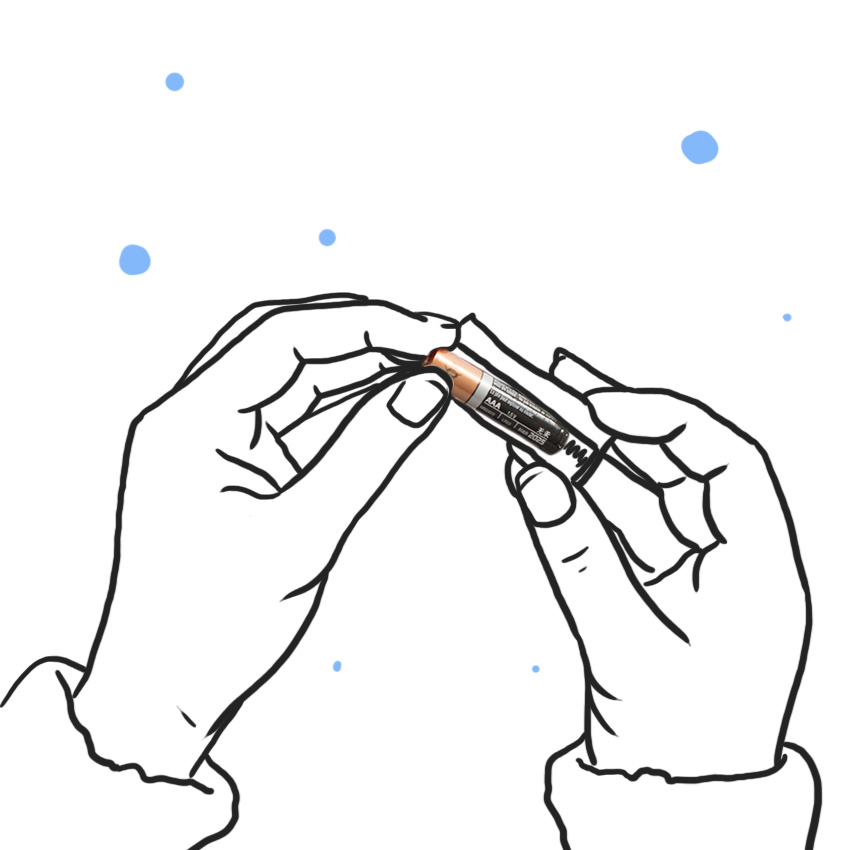
As we've noted elsewhere in this piece, electric power is vital in an emergency situation. It can power everything from your disaster lantern to your all-important radio.
In addition, you need energy for other basic survival functions. You may need energy to power a filtration system or an electric blanket.
Make sure you always have a ready supply of power by stocking up on rechargeable batteries of all sizes to keep in your emergency kit for the home. It may also be a good idea to install a permanent generator, especially if you live in an area prone to natural disaster, or get a small hand-powered generator to have just in case.
Survival Item #6: Personalized First Aid Kit
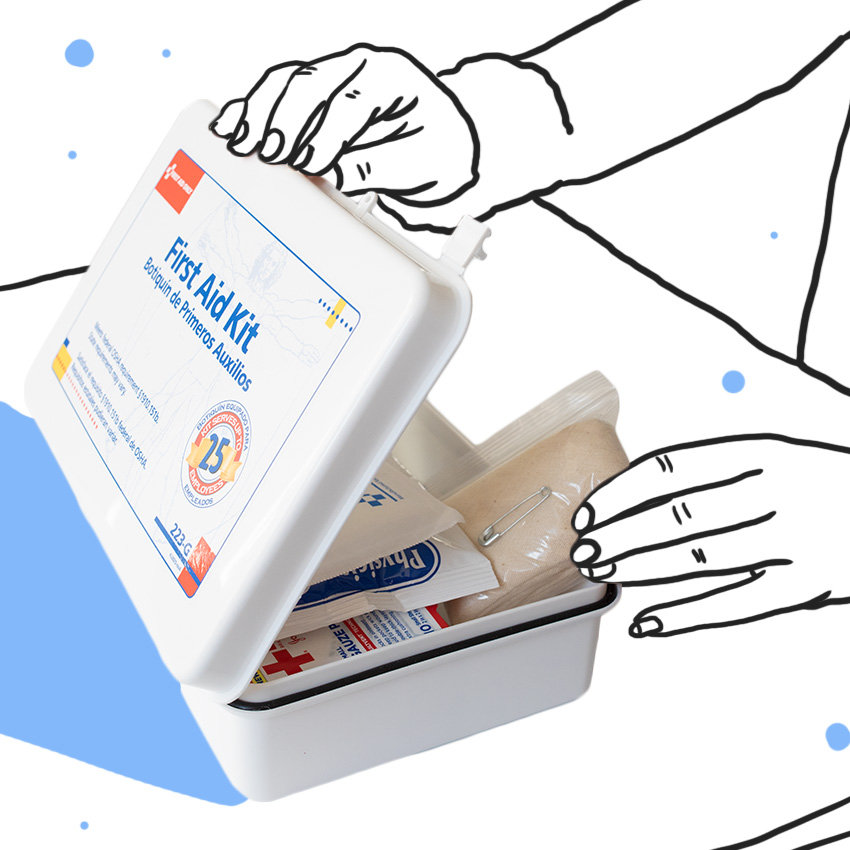
Make sure you have a first aid kit on hand to help take care of medical problems if you don't have access to a doctor or hospital.
You need to have medical basics like gauze, bandages, antibiotic ointment, OTC painkillers, and more to deal with any run-of-the-mill illnesses or injuries.
You should also see about putting together a stash of personal medications for everyone in your household to tide them over in case of emergency.
That means any prescription medication, Epi-Pens, inhalers, insulin, and other similar medical necessities.
Survival Item #7: Documents

As part of your home emergency kit, you should keep a waterproof envelope with copies of all of your important documents.
Photocopy passports, birth certificates, wills, and all other important documents for people in your family, and update your documents regularly.
It's not a bad idea to laminate the photo copies to preserve them further.
In the unlikely event that you have to flee your home and your belongings, it's vital to grab this folder so you can prove your identity at an emergency aid center or similar location.
Survival Item #8: Matches And Kindling

First and foremost, everyone should make note that it is not safe to light a fire if you find yourself hunkered down in a closed-off area.
Without proper ventilation or flame guards, a fire can be more dangerous than it's worth.
However, if you can safely light a fire, it can be a very useful source of heat, light, and cooking fuel.
Make sure that you can light a fire in a pinch by keeping kindling, newspaper, slow-burning fuel, and matches (or a fire-lighter) on hand.
Survival Item #9: Warm Clothes And Blankets

Alongside your survival items, keep a suitcase or two packed with warm blankets and heat-preserving clothes to fit everyone in your family.
Keep flannel shirts, long underwear, thick socks, hats, gloves, boots, and outerwear, along with heavy wool blankets, in case of a cold weather emergency.
After all, in warm weather, you can always take layers off, but there's nothing you can do but bundle up and hunker down during a snow or ice storm.
If you live in a particularly snow-prone area, it isn't a bad idea to have snow shoes and a sled of some sort as part of your emergency preparedness supplies.
Survival Item #10: A Sturdy Blade
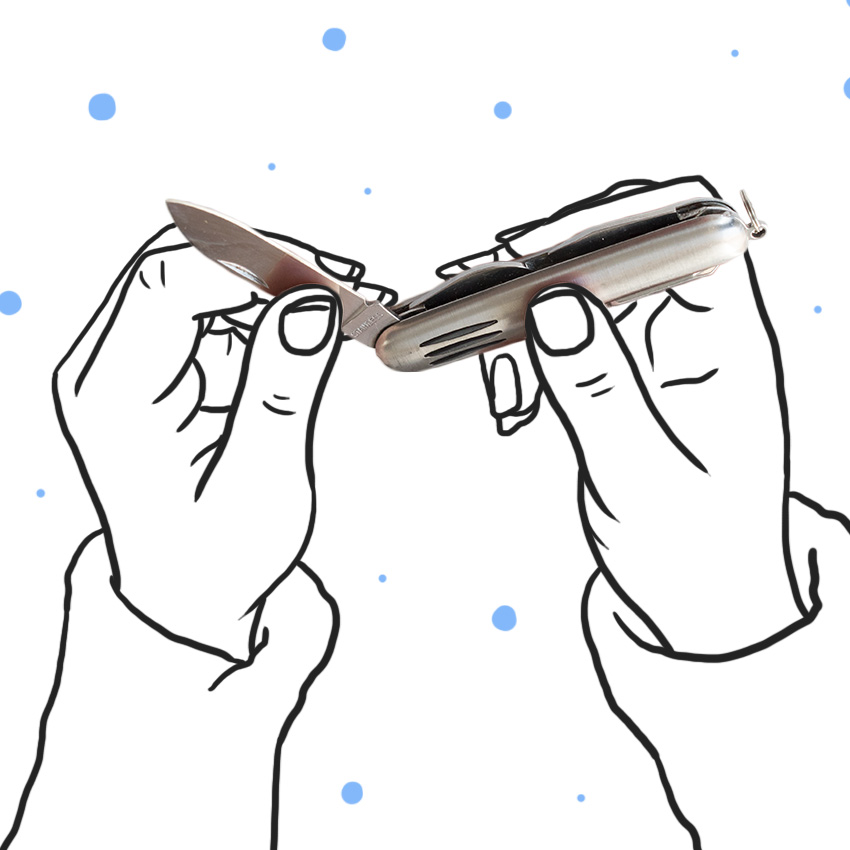
A Swiss army knife or multi-tool is a remarkably useful thing to have around. If you have a sturdy blade on hand, you also have a way to shave kindling for a fire, gut a fish, open a sealed can, cut bandages, and more.
Having a knife, particularly one with additional attachments, can make your life a lot easier in a disaster situation.
Do you have a disaster preparedness kit in place?
Let us know if you have any other recommendations below, and be sure to SHARE these survival tips with friends and family!




